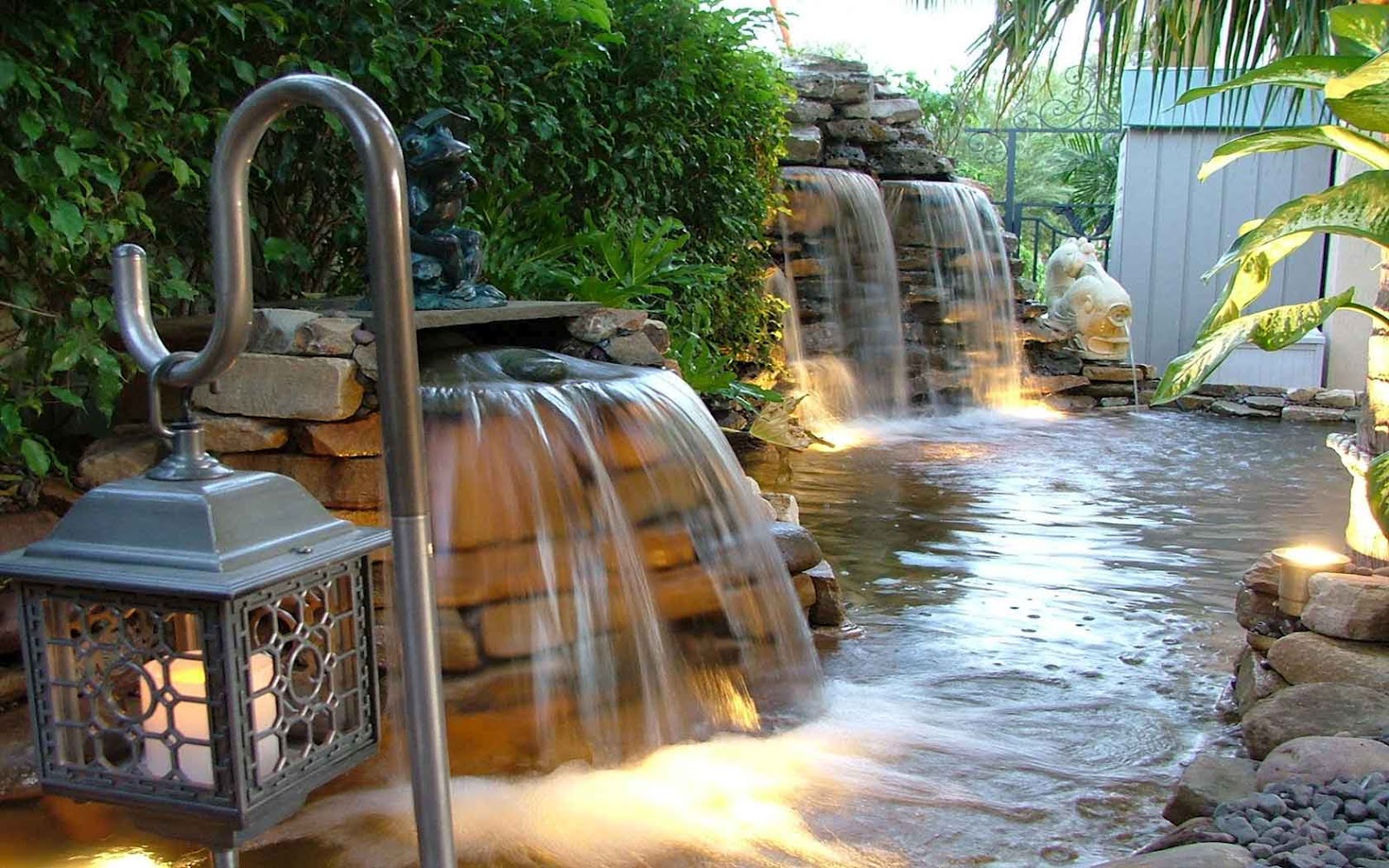Riding the Waves: The Ultimate Guide to Choosing and Using Koi Pond Wave Pumps
What is a Koi Pond Wave Pump?
A koi pond wave pump is an essential accessory that mimics the natural motion of water in a pond. It generates waves, currents, and turbulence that provide valuable benefits to koi and other aquatic life, including improved oxygenation, filtration, and circulation.
Why You Need a Koi Pond Wave Pump
If you want to keep koi or other fish in your pond, you need a koi pond wave pump, as it stimulates the flow of water, providing multiple advantages such as:
- Improves oxygen levels
- Increases water filtration
- Prevents stagnant water
- Boosts the ecosystem
- Support koi health and growth
Factors to Consider When Choosing a Koi Pond Wave Pump
Here are the key factors to keep in mind when selecting a koi pond wave pump:
Pond Size
The first consideration is the size of your pond. You must choose a pump that matches the water volume of your pond. Otherwise, you risk overworking or underworking the pump, which can harm the pond’s balance, clarity, and overall appeal.

Pump Capacity
The pump capacity, or flow rate, is another critical factor that you should evaluate. It refers to how much water the pump can move per hour, expressed in gallons or liters. A large pond requires a higher flow rate than a small one. The rule of thumb is to choose a pump with a capacity that equals the volume of your pond at least once per hour.

Pump Type
There are two main types of koi pond wave pumps: submersible and external. A submersible pump is entirely underwater, meaning it’s less visible but also more challenging to access and maintain. An external pump is placed outside the pond, which makes it more accessible but also more visible and potentially louder. Each type has its pros and cons, so you must choose the one that suits your preferences, budget, and pond design.

Pump Head
The pump head refers to the maximum height that the pump can lift water, expressed in feet or meters. It’s crucial if you have a waterfall, stream, or fountain that requires more elevation for a dramatic effect. Make sure to choose a pump with a head rating that exceeds your desired elevation and considers friction loss due to tubing, fittings, and valves.

How to Install and Use a Koi Pond Wave Pump
Once you’ve selected your koi pond wave pump, you must properly install and use it to enjoy its benefits fully. Here are some general guidelines:
1. Choose the Right Location
The pump should be placed in an area with enough clearance for maintenance but away from potential hazards, such as falling debris, direct sunlight, or electrical sources. Use a sturdy and level surface, or mount the pump to a bracket if needed.

2. Connect the Intake and Outlet
Most koi pond wave pumps come with tubing, connectors, and adapters to attach the intake and outlet. Follow the manufacturer’s instructions to ensure a secure and leak-free connection. Consider adding a pre-filter or strainer to prevent debris from clogging the pump.
3. Adjust the Flow Rate and Direction
Once the pump is plugged in, turn it on and adjust the flow rate and direction to your liking. You can use a diverter or a nozzle to control the water output and create different effects, such as a fountain, a spillway, or a stream. Note that too much flow or turbulence can stress out the koi, so find the right balance.

Maintaining Your Koi Pond Wave Pump
To keep your koi pond wave pump running smoothly and efficiently, you must perform regular maintenance and cleaning tasks, such as:
- Checking the pump for debris and clogs
- Cleaning the intake and outlet screens
- Replacing or cleaning the filter media
- Lubricating the motor and bearings
- Inspecting the impeller for wear and damage
By following these simple tips, you can extend the life of your koi pond wave pump and enjoy a healthy and thriving ecosystem for your aquatic pets.
Conclusion
A koi pond wave pump can make a significant difference in the water quality and vitality of your pond, as well as enhance its aesthetic appeal. By choosing and using the right pump, you can promote your koi’s health and happiness and create a relaxing and enjoyable environment for yourself and your visitors. Do your research, compare options, and don’t hesitate to ask for advice or assistance if needed. Happy waving!